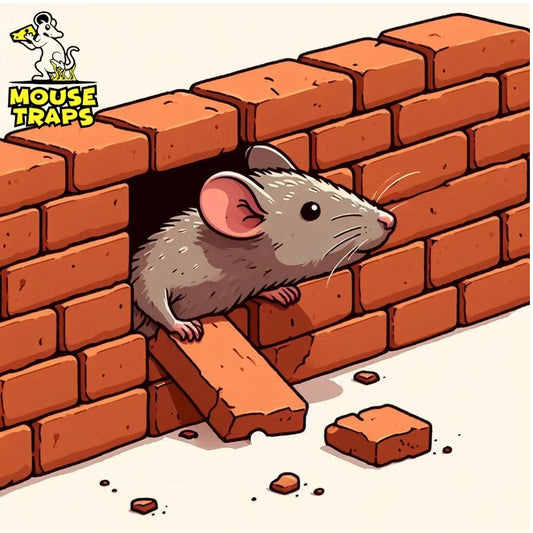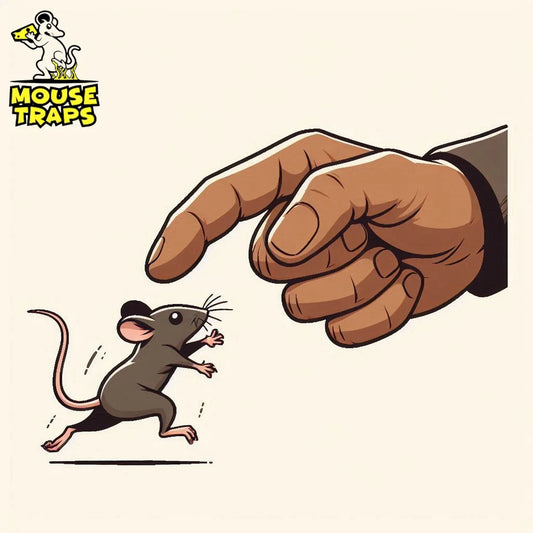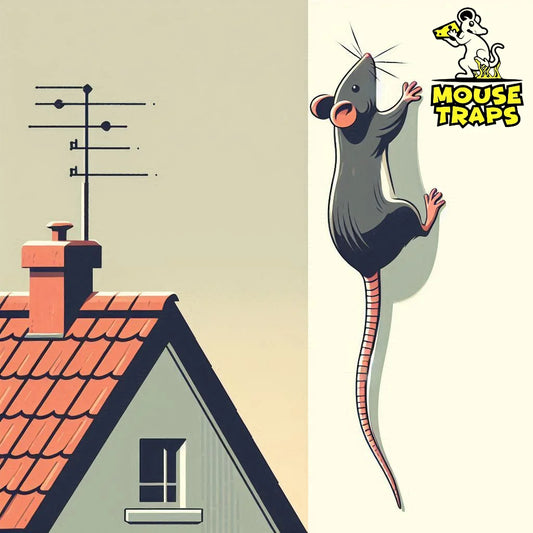Introduction:
Rats, those unwelcome guests in our homes, may seem like mere nuisances at first glance. Hidden beneath their facade are health hazards that could jeopardize the safety of our loved ones and homes. From the transmission of illnesses to property destruction and emotional strain rats can cause chaos, in our lives. This detailed handbook will examine the health dangers linked to rat infestations and discuss strategies to prevent these intruders.
Spread of Diseases:
- Leptospirosis: This bacterial infection is typically spread through contact with rat urine-contaminated water or soil. Symptoms may vary, from flu signs, to more severe issues affecting the kidneys, liver and other organs.

- Hantavirus: This potentially deadly virus is transmitted through contact with infected rat saliva, urine, or droppings, or by inhaling aerosolized virus particles. Hantavirus pulmonary syndrome can lead to severe respiratory distress and even death.
- Salmonellosis: Rats can carry Salmonella bacteria, which can contaminate food and water sources and cause symptoms such as diarrhea, abdominal cramps, fever, and vomiting.
- Rat-bite fever: This bacterial infection can be transmitted to humans through rat bites or scratches, as well as through contact with rat urine or droppings. Symptoms include fever, chills, muscle aches, joint pain, and rash.
- Plague: Although rare, rats can carry fleas infected with the bacterium Yersinia pestis, which can cause bubonic, septicemic, or pneumonic plague in humans if bitten by an infected flea or through direct contact with infected animals.
Allergies and Asthma:

Contamination of Food and Water:

Damage to Property:

Parasites:

Psychological Impact:

Note:
Since, rats can cause these many damages to your health as well as your property you should consider handling these rodent. Traps are the best to deal with them and in between traps Live traps and sticky glue traps are the best option.
Live Mouse Traps:
Overview:
Live mouse traps are devices designed to capture rodents without harming them. They typically consist of a box or cage with a trigger mechanism that closes the door or gate when the rodent enters to access bait.

Benefits:
- Humane: Live mouse traps provide a humane method of capturing rats without causing them harm or distress.
- Reusable: Many live traps are reusable, allowing you to catch multiple rodents with a single trap.
- Safe: Live traps are safe to use around children and pets since they do not contain any toxic baits or chemicals.
- Easy Release: Once a rat is caught, you can release it safely outdoors away from your home, reducing the risk of disease transmission and property damage.
Sticky Glue Traps:
Overview:
Sticky glue traps consist of a flat board or pad coated with a strong adhesive. When a rat walks onto the trap, it becomes stuck to the adhesive surface.

Benefits:
- Effectiveness: Sticky glue traps can effectively capture rats without the use of baits or poisons.
- Easy to Use: Sticky traps are easy to set up and require minimal maintenance. Simply place them in areas where rat activity is observed.
- Safe: Sticky traps are considered safe to use indoors since they do not contain any toxic substances that could harm children or pets.
- Visible Results: Once a rat is caught on a sticky trap, it is clearly visible, allowing you to dispose of it quickly and efficiently.
Conclusion:
Rat problems can be a deal, for homeowners bringing health hazards. It's crucial to grasp the risks linked to rats and use strategies to safeguard our families. Whether its setting up traps or using glue traps taking action to prevent rats from entering our homes is key, for ensuring a safe and healthy living space. Lets get down to work and make sure we say goodbye to these guests for good.




